Making Money in Forex: Trade Like a Pro Without Giving Up Your Day Job
$21.45
| Author(s) | |
|---|---|
| Pages |
238 |
| Format |
|
| Publication Year |
2010 |
Making Money in Forex will help aspiring traders successfully enter this field while maintaining a job. With this book, author Ryan O’Keefe explains his own personal journey to becoming a trader and shows you how to follow a similar path.
Author’s Introduction:
I wrote Making Money in Forex to help people learn to trade around day jobs they can’t quit cold turkey. It contains the experience and methods I’ve developed after nearly a decade of analyzing, trading, and writing about the spot currency market. The book’s objective is to persuade you from chasing profit all over a five-minute chart and learn to trade using a steady, long-term approach.
You should understand up front that I am a trader, not an analyst. This book contains my experience and methodologies as a trader interested in two things: reducing risk and making money. I don’t care about market correlations, the Big Mac Index, or speculating about whether a central banker is going to shave his mustache off. I do not spend my time analyzing the market to death; I’m a trader and making money is all I care about.
Do not expect a detailed analysis of each currency pair or the effect crude oil may have on the Canadian dollar. I will not discuss traditional technical patterns, Elliot Wave theory, or Gartley patterns (whatever the heck they are). These topics have been discussed ad nauseum by other authors and I see no reason to cover them again. I don’t use them in my trading, so why should I include them in this book? I am only interested in identifying support or resistance, where price is now, where is it headed, and how can I profit regardless of the cost of tea in China.
Contents:
- Exploring the Currency Market
- Principles of a Bargain Hunter
- Reading Price Action
- Managing Risk
- Managing Profit
- Bargain Hunting Along the Edge
- Bargain Hunting with Price Action
- Bargain Hunting with the Commodities Channel Index
- Bargain Hunting with Fundamental Data
- Achieving Consistency: Simple Steps Every Trader Can Take
Making Money in Forex: Trade Like a Pro Without Giving Up Your Day Job By Ryan O'Keefe pdf
6 reviews for Making Money in Forex: Trade Like a Pro Without Giving Up Your Day Job
Clear filtersOnly logged in customers who have purchased this product may leave a review.

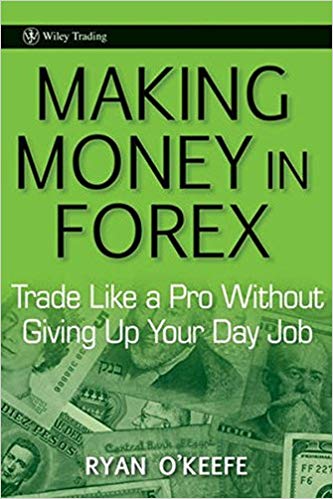

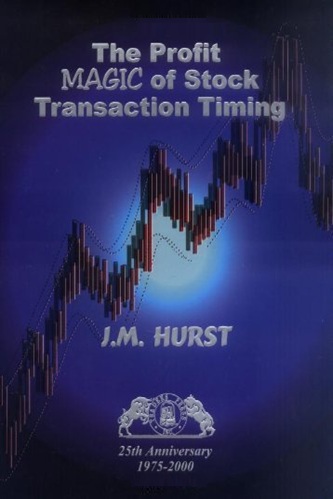
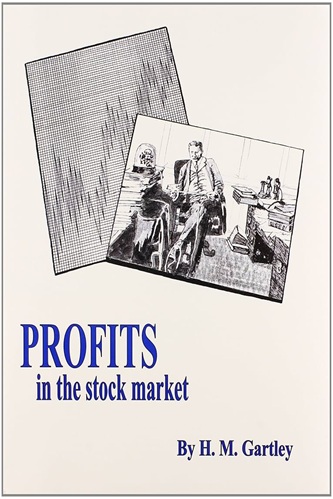
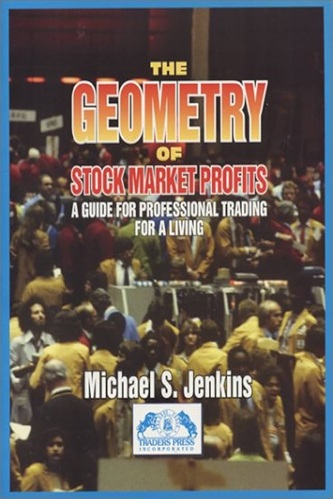

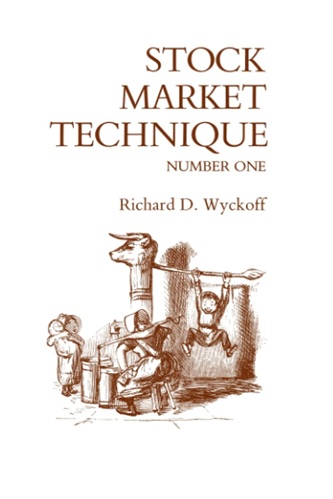
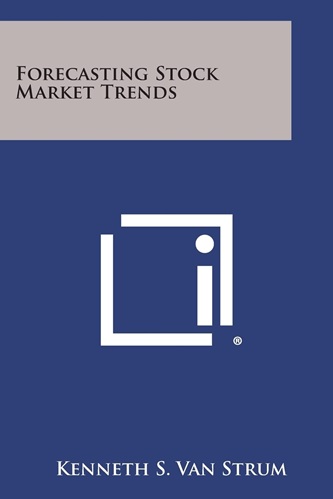
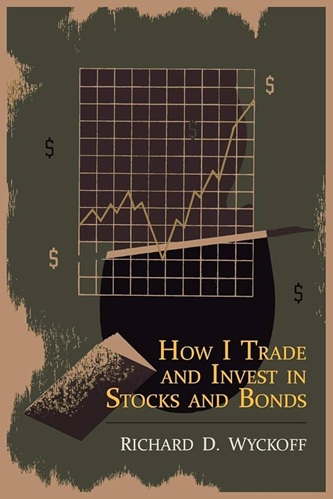
Hendrix Delarosa (verified owner) –
Over the years I have read a number of technically based FX trading books and this is the first one that has actually motivated me to open a personal FX account. The book is filled with excellent “need-to-know” basic FX knowledge, leading the reader in a logical manner to seemingly very feasible trading strategies. Reading this book was like sitting with a mentor, learning the proper way to manage forex. I would definately recommend this book to anyone wanting to trade FX without having to sit in front of a computer all day.
Byron Ashley (verified owner) –
The author’s website is no longer valid, which is very unfortunate to begin with. While this book has a lot of good points, like the emphasis on support/resistance price action, most of the stuff here you can get from the internet. What I find most confusing is that the book lacks coherence and some points are left hanging and one can get the impression that some even contradict each other (yes we all know forex is not exact science). Don’t buy this book but for non-beginners, especially those who have done trading for 1-3 years, this can be refresher material worth a quick read to confirm some points. Personally I find disagreeing with the author on some points, but this can only come from experience.
Ashton Atkinson (verified owner) –
great book
Jazmin Welch (verified owner) –
This book is pathetic and Wiley should be embarrassed to have printed it. First the author admits that he cannot make a living by his trading skills. He practically brags about it. If true and why should we not believe him, either he does not know how to trade, so why should we feel he has anything to offer, or he has not devised a systematic method and accompanying money management principles that would allow him to make a dependable return.
The book is filled with errors. In his explication of why he chooses to trade forex, he compares the cost of trading “10 Contracts” of futures, forex or stocks. Have know idea what he meant by 10 stock contracts but depending on size of the trade, there is no doubt that stocks are the cheaper trade. many brokers will let you trade unlimited shares, assuming you have the account size, for a flat fee around $8. A complete discussion would recognize that all trading vehicles have spread and slippage.
The book is dated, no 100/1 margin any longer. The authors blog appears to be moribund.
Virtually everything in this book is a rehash of knowledge commonly available on the internet at no cost. The platitudes are not even reworked.
On the plus side, for someone who knows nothing about forex or trading, you could learn to trade by reading this book. As previously expressed, the principles expounded are basic and proven. Buy high but not too high and sell higher but not too much higher. opposite for short. Don’t over trade, don’t risk too much, have a plan, keep records.
What the book leaves out is that once you do that and have “positive expectancy,” then you can increase your trade size, applying proper bet sizing depending on whether your expectancy is rising or falling. Again, information available for free.
Damien Hanson (verified owner) –
This book is very simple to read and covers alot of what you need in your trading. I have been trading for about 2 years now. Struggling between different strategies, different indicators, discretionary vs. mechanical and so on. I used to believe that the more complex my chart and trading was, the better trading I would get. I was obviously wrong. The last 6 months I have been in profit on my live account with alpari.co.uk (actually a very steady rise on my equity curve). The only indicator I use are the price itself and a standard MACD. I only use the macd for divergence spotting. I will spot support and resistance (usually on the 1-hr timeframe) and trade off them. I take an overview on the DAILY and WEEKLY. Look for a strong move on the DAILY and wait for a retracement back to support/resistance. On the WEEKLY I look for strong points that will probably act as sup/res. The key is cutting losses quickly and let the profit run. And also using break-even and partial-profit taking along the way. I’m risking 0.5-1% of my account.
I would probably not recommend this book for a total newbie. There are better books for them. But if you have been struggling with your trading for a while or think that you need a complex system to succeed, then I would recommend this book. I you follow the principles in this book and not give up after some losses, you will probably get good results. I won’t come over night, you have to practice and practice. It doesn’t help reading alot of good books if you don’t practice on a live account. ‘Keep it simple stupid’ or ‘keep it super simple’.
Just a final note: it IS possible to trade with good profits, even if you have a full-time job. I am a full-time (100%) student and works 75% at a job. Thats 175% + I very active at sports, so I don’t have much computer time. That’s why it’s so important to have a simple system, where you only look at 1-2 timeframes. That way you can easily trade anywhere you want with a laptop. I have also tried trading purely off the weekly and daily (which is perfect for busy people) and it worked very well. You only look at the chart once a day. Either you have a setup or you don’t. But personally I prefer the 1-hr chart.
Mariana Murray (verified owner) –
I’ve applied the methods Mr. O’Keefe recommended in his book and they worked. I found the book to be well written. It is easy for someone to criticize others work, but I have been trying to find a system to actively trade the forex while maintaining a day job. This did it for me. I’m also a firm believer in the KISS principle; Keep It Simple Stupid. I have in the past covered up the charts with so many indicators I was unable to read the price. The principles laid out here meet the criteria of KISS.
I would definitely recommend this book. I am actively trading Mr. O’Keefe’s methods and appreciate his work.